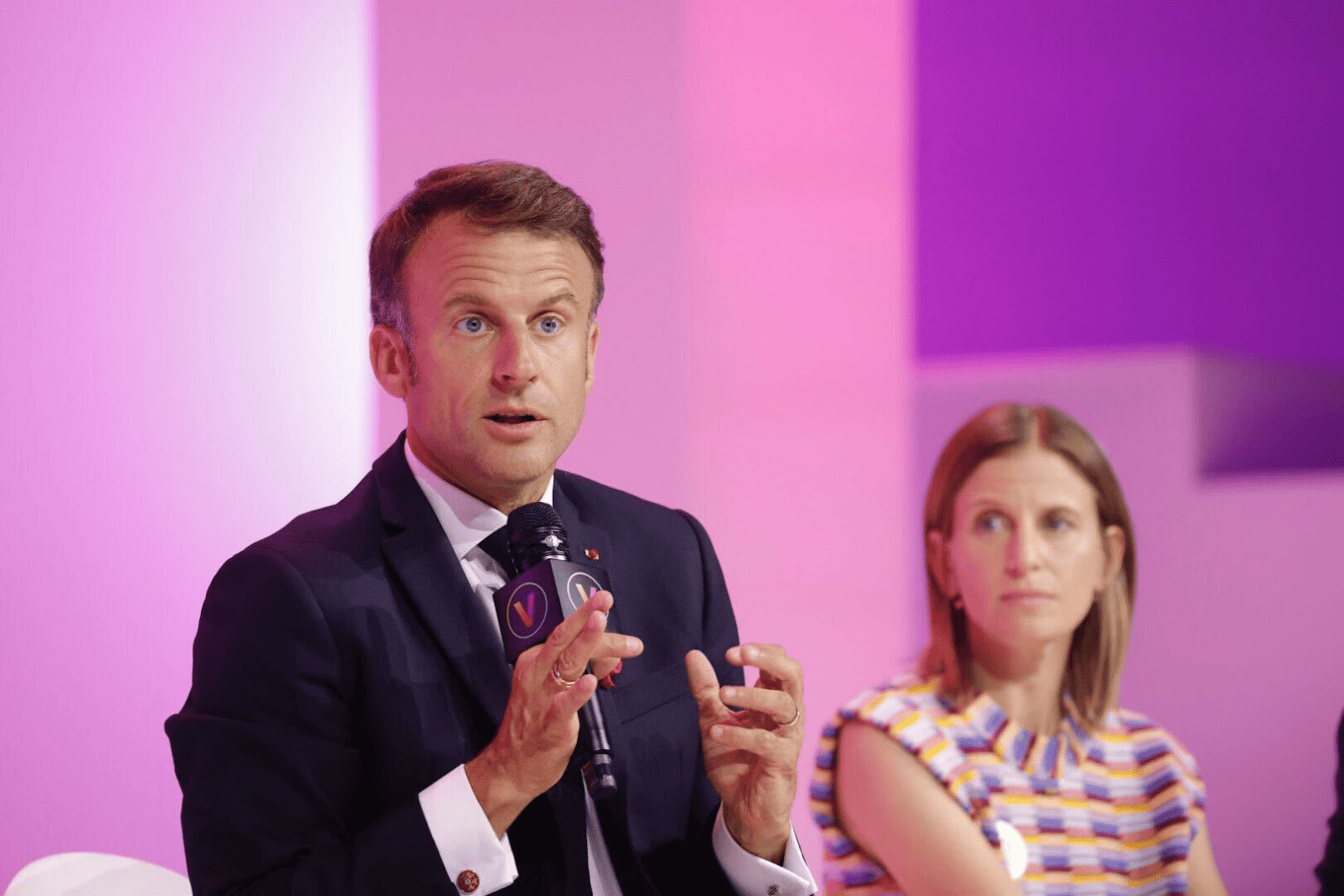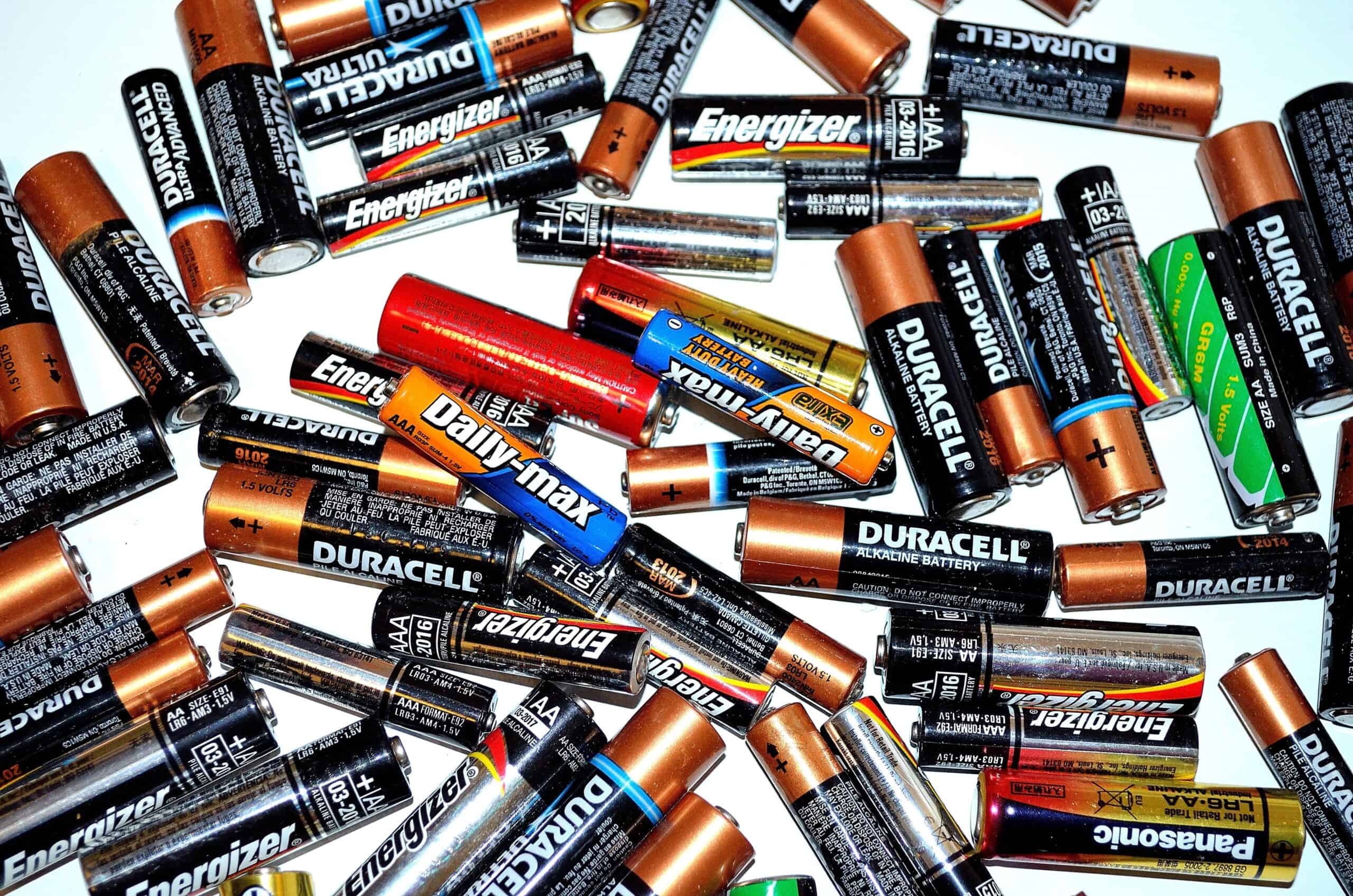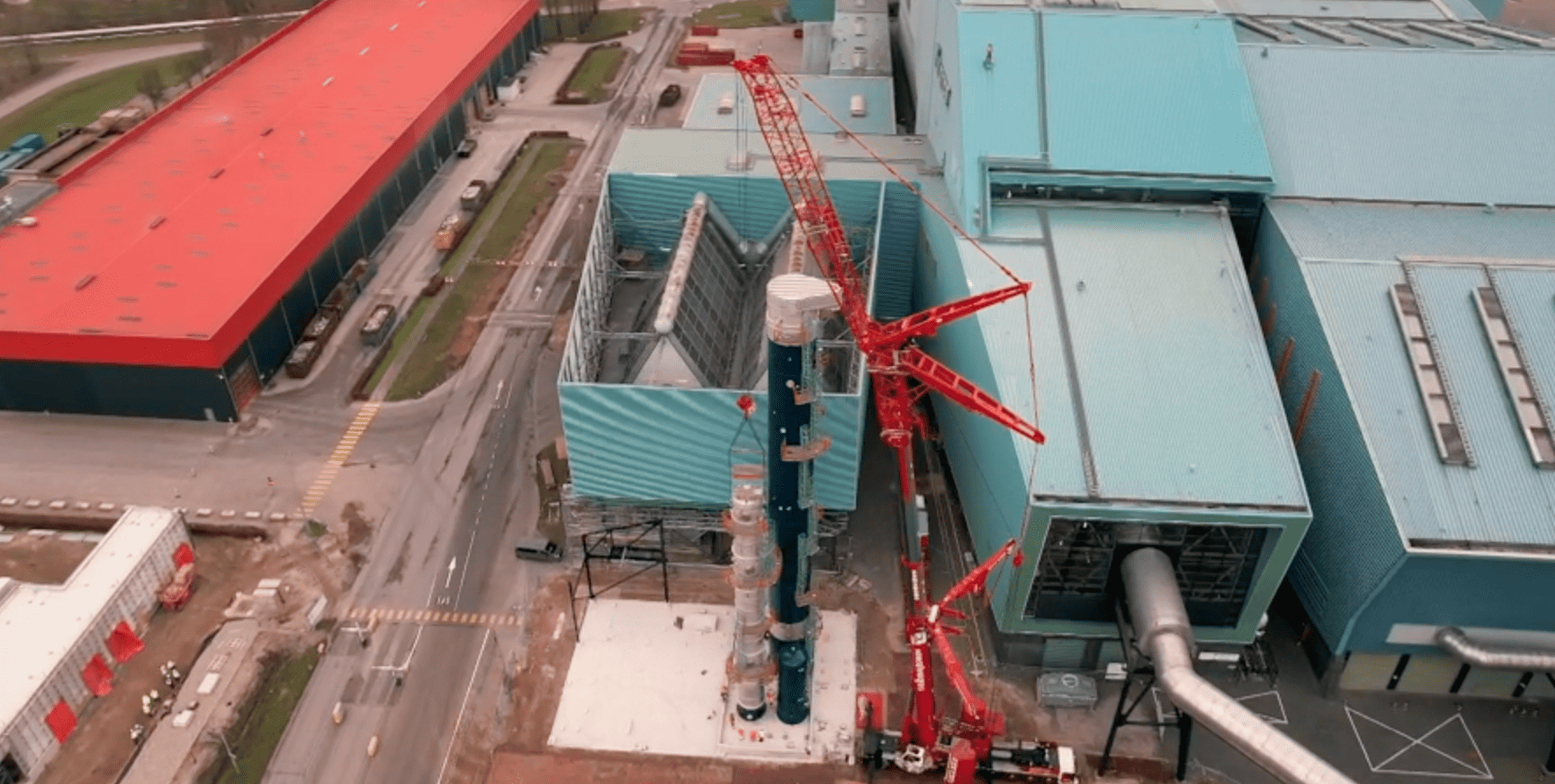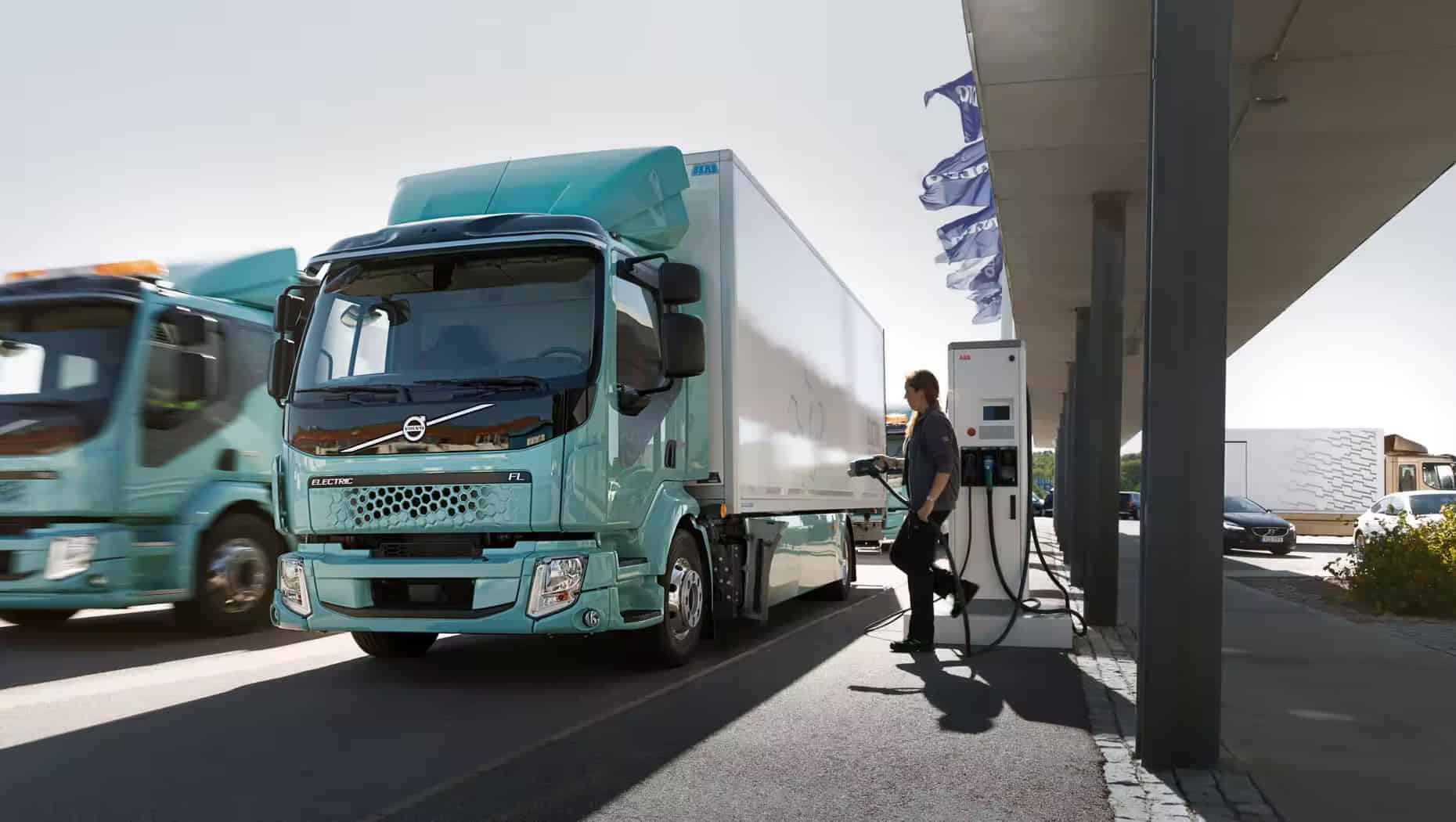
Climate change, the collapse of biodiversity, and the end of the abundance of resources, such as water, materials, and rare earths, are the three main themes that French President Emmanuel Macron has contained in his “écologie à la française.” The plan includes dozens of actions allowing France to reduce its CO2 emissions. The details behind the biodiversity strategy and adaptation plan will follow soon, but already the implications for the transportation sector are clear.
Many actions are aimed at promoting fuel-efficient light passenger cars, aiming to increase the market share of electric vehicles from 1% to 15% by 2030. The French government wants to support this transition with incentives, expansion of charging infrastructure, tax breaks for fleets, and a penalty rebate for polluting vehicles. Extra troublesome in this regard is that the current trend in the car market is at odds with these goals. SUVs are currently the best-selling vehicles in Europe and France, although they are heavier and use more fuel than a typical passenger car.
Roadmap for the transportation sector
The transport sector is responsible for 30% of France’s greenhouse gas emissions, two-thirds of which comes from passenger cars. The strategy prepared by the Ecological Planning Authority for the transport sector consists of three parts :
- The transition from fuel cars to electric cars
- Making public transport more attractive thanks to regional train networks
- Reducing travel.
The president had previously announced that the fuel premium of up to 100 euros for French people with the lowest incomes who need a car for work will return in 2024.
Transition from fuel cars to electric cars
To make the electric car more attractive to French people and promote an ecological transition that is “accessible and fair,” the French president is pushing for a long-term leasing scheme for households with the lowest incomes. This scheme, subsidized by the state, consists of a monthly payment of 100 euros to purchase a new electric car.
It is still unclear what the income requirements are for access to this scheme, as well as the eligible models. However, it is already clear that these vehicles must be manufactured in France or in Europe, as are those eligible for the new ecological bonus.
Emmanuel Macron wants to use the ecological transition to strengthen France’s sovereignty. He, therefore, wants France to produce one million electric cars a year and export batteries by 2027. Production capacity in Europe and France will determine when the new leasing scheme will take effect. This is expected to be in 2024.
This gives Citroën time to launch its e-C3, produced in Slovenia, and Renault its R5, produced in northern France. The Dacia Spring, made in China, would not qualify. According to the Elysée, a household that travels 1,000 kilometers a month – typical for someone who needs to use the car to get to work – would pay 20 euros monthly to charge the car at home instead of 200 euros for gasoline.
More attractive public transport
Switching individuals and businesses to electric cars would account for 30% of the projected reduction in national greenhouse gas emissions between now and 2030. The switch to rail and public transportation a reduction of another 15%. For constructing regional train networks in thirteen French cities, the government is providing €700 million from 2024. The total amount needed for construction is €10 billion.
The idea is to run a train, streetcar, or bus every 15 minutes during the day to travel to and through a metropolis. This is hoped to persuade motorists to switch to public transport.
The third part of the plan to reduce transportation-related greenhouse gas emissions is based on reducing trips. This reduces the demand for mobility. The president did not go into depth on this topic, but it is expected that 8% of the effort could come from telecommuting, 8% from carpooling, and 5% from “demand management” in aviation.
Decarbonizing aviation
Macron is counting on technological developments for aviation. The roadmap targets a reduction of 12 million tons of CO2 by 2030 compared to 2019, or a halving of the sector’s emissions in seven years. The government hopes to achieve this reduction through a gradual increase in the share of SAF (Sustainable Aviation Fuel). To this end, France is betting on its production of SAF. This intention has been criticized because sustainable fuels are not produced in sufficient quantities and account for only 1% of the fuels used by the global aviation industry.
Another measure in the roadmap is to replace existing aircraft with more fuel-efficient ones (hybrid, electric, or hydrogen-powered), hoping to save 3 million CO2 by 2030. But fleet renewal takes time: on average, an aircraft stays in service for 20 to 25 years, and the first hydrogen-powered aircraft will not appear on the market before 2030.
Taxing airline tickets or kerosene could speed up the transition, but the government rules out such measures, arguing that they would harm French competitiveness in a highly competitive market.







